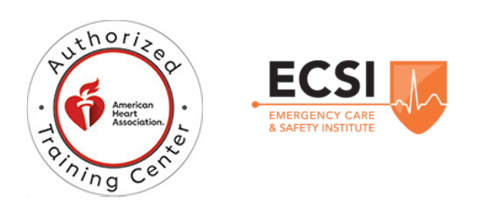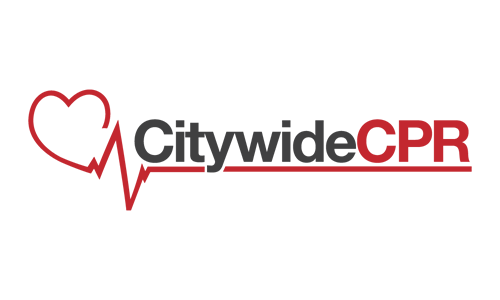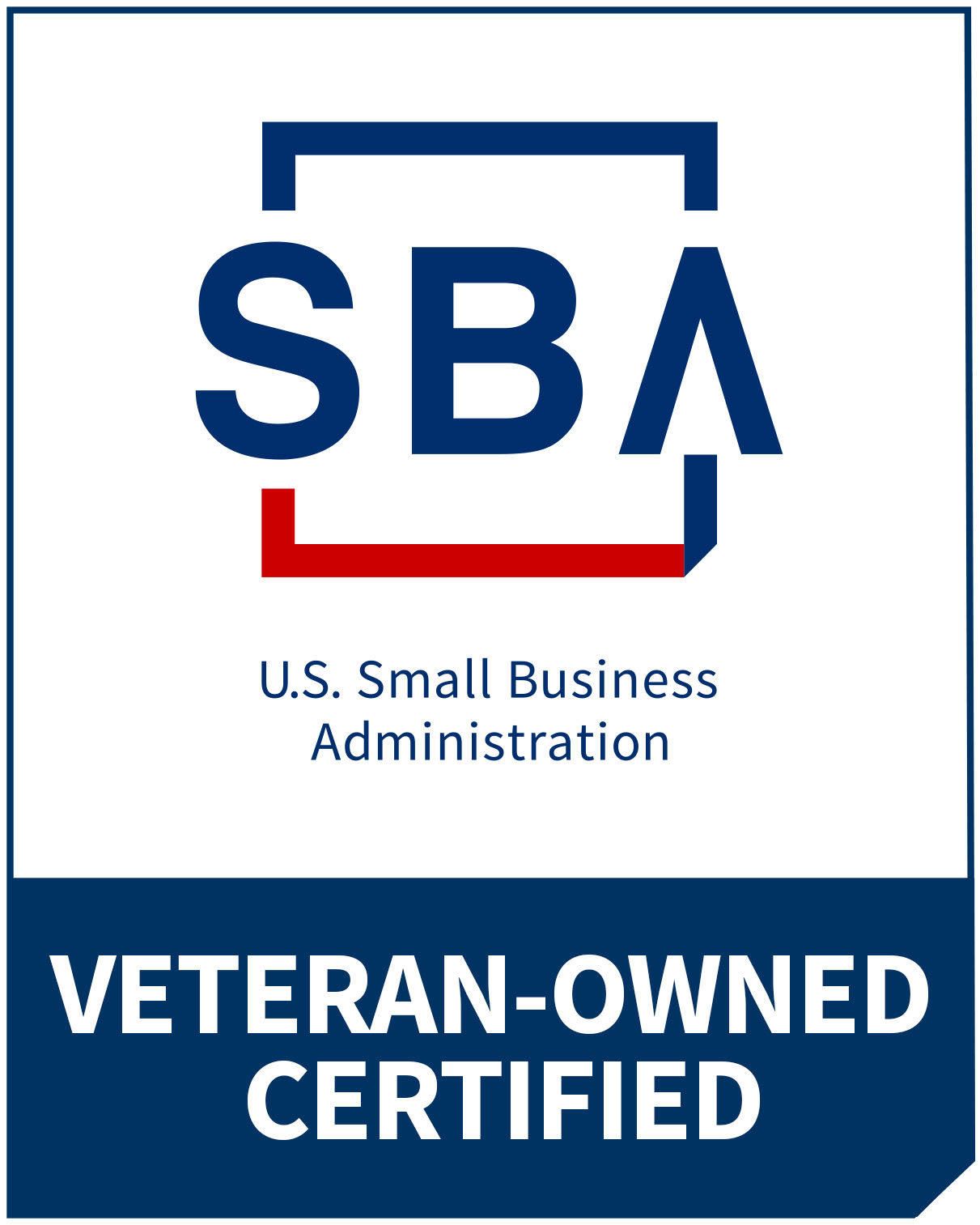The average response time of 9-11 paramedics to a scene is eight to 12 minutes, which is not enough for those suffering from sudden cardiac arrest (SCA). If a patient downed by SCA is not given immediate medical attention after ten minutes, the chances of survival become negligible.
SCA is a condition of the body when the heart stops beating unexpectedly and suddenly. Blood flow through the entire body stops. It can happen to anyone because one of the main causes of SCA is arrhythmias, also known as irregular heartbeat and rhythm.
The heart’s electrical system causes arrhythmias to happen. Having an irregular rhythm is bad since an episode can cease blood flow, which is also one of the most common causes of SCA. Without blood steadily supplying Oxygen to the entire body, a person who’s suffered from SCA can die within minutes.
Defibrillating a patient after three minutes raises survival rate to 70%.
To prevent casualties from happening, medical personnel must be called alerted immediately. Cardiopulmonary resuscitation (CPR) can be applied to delay further damage and save a person’s life.
No matter how proficient or amateur a person is in doing CPR, one should always prepare for the unexpected by calling 911 right away. If they arrive at the scene with the patient already in good condition, it’s okay because their duty to respond to calls both close and fatal.
But if things look bleak even from the get-go, keep calm and apply CPR continuously. Call others for help since more hands are better in emergency situations, especially if you don’t know how to revive someone.
While busy resuscitating someone, it would also be best to look for an automated external defibrillator or AED. It is a portable electronic device capable of checking a person’s heart rhythm. Sticky pads are placed on the chest of a person, each with sensors called electrodes stuck to them, which relays information to the on-board computer on each device.
Once the computer finishes analyzing the patient, it would indicate if the patient needs to be shocked or not. Although the device may seem complicated, it is necessary for risky situations because you will never know when things may go south.
An AED is the perfect tool and the only tried-and-tested device that checks the heart’s beat and rate. If it’s frail or beats slowly, the computer would act accordingly to the situation. In most cases, the machine would shock to jumpstart the body. It can be followed up by chest compressions and mouth-to-mouth resuscitation.
Some actually do this and show how both methods work.
Institutions offer CPR training and include the proper use of an AED in bringing a person back to life. If you do not have an AED or the mind to own one, it’s best to grab one before it is too late.
Having one can give you peace of mind and insurance that you can do your part in reviving a friend, a loved one, or even a stranger.





